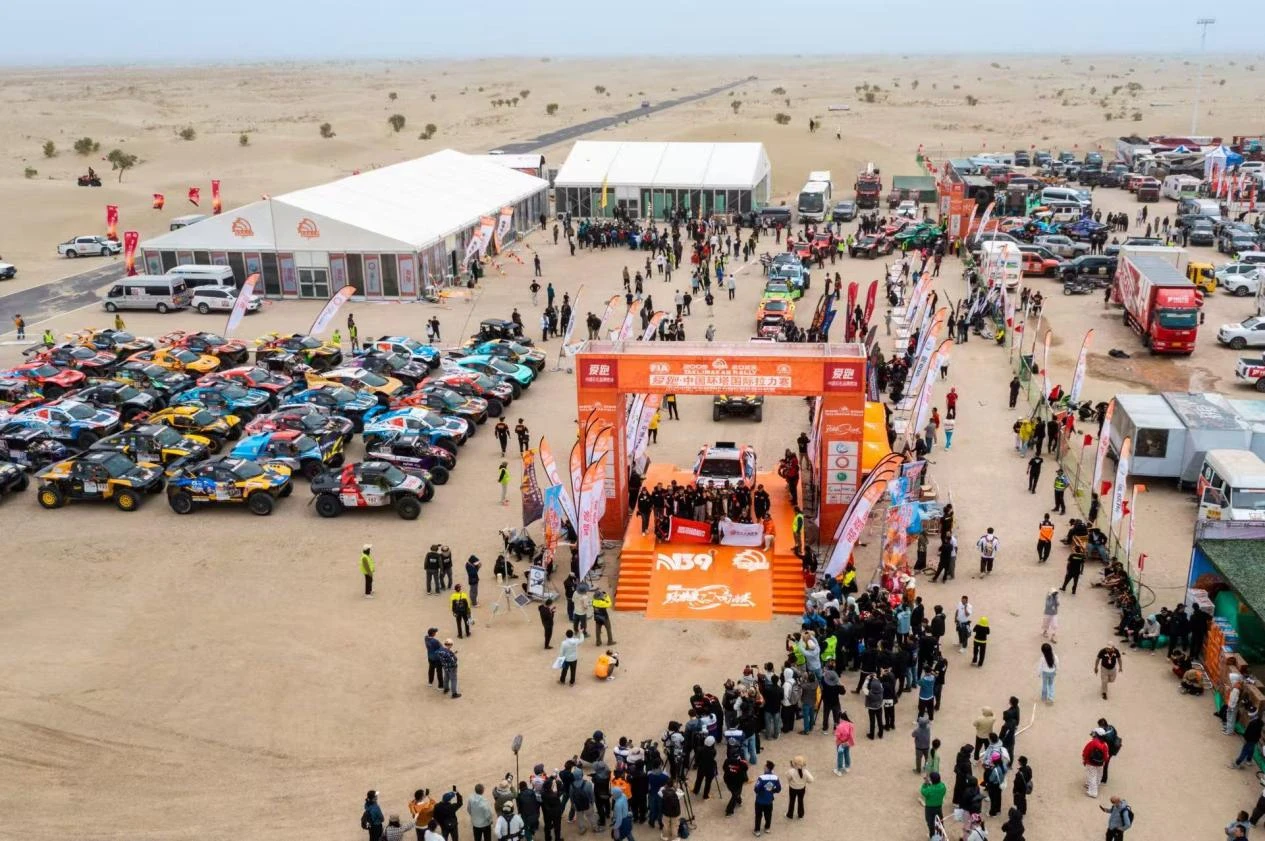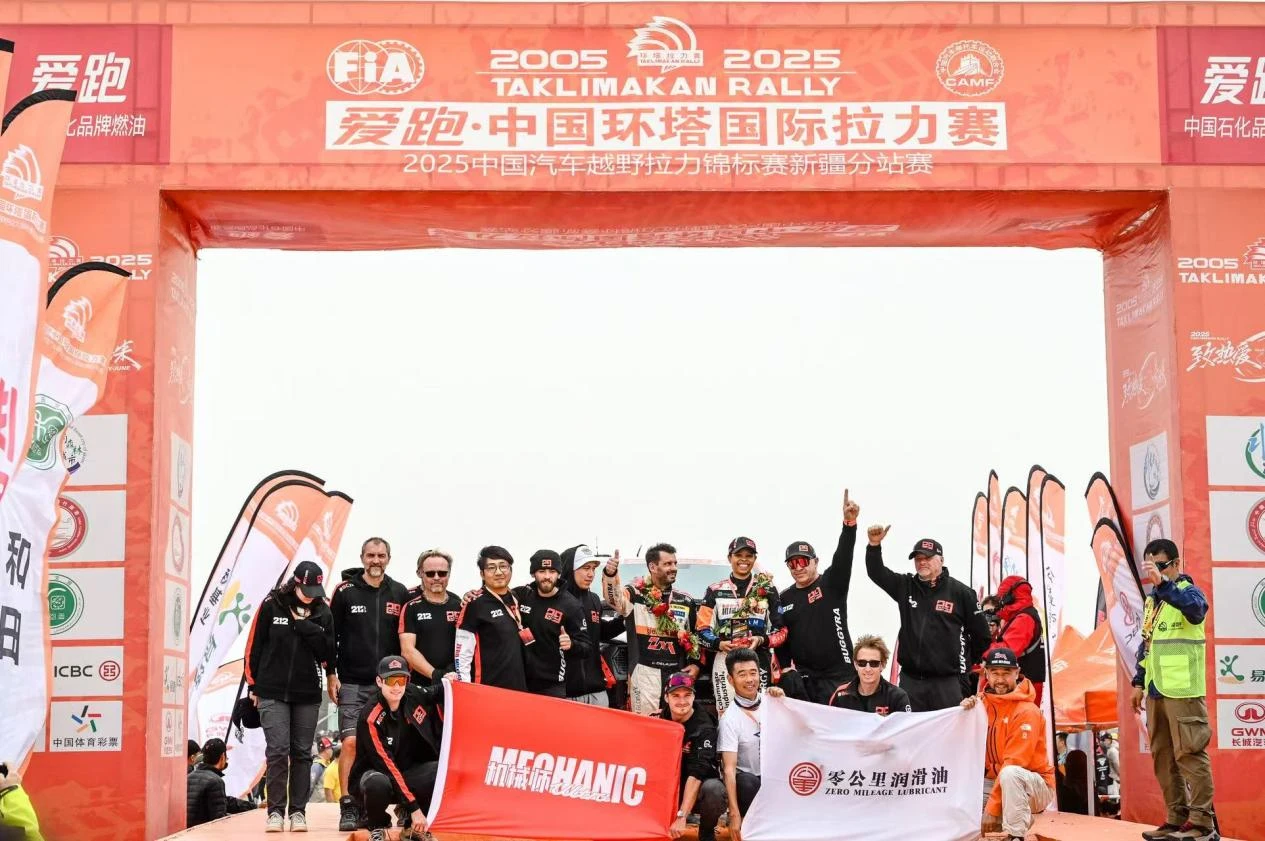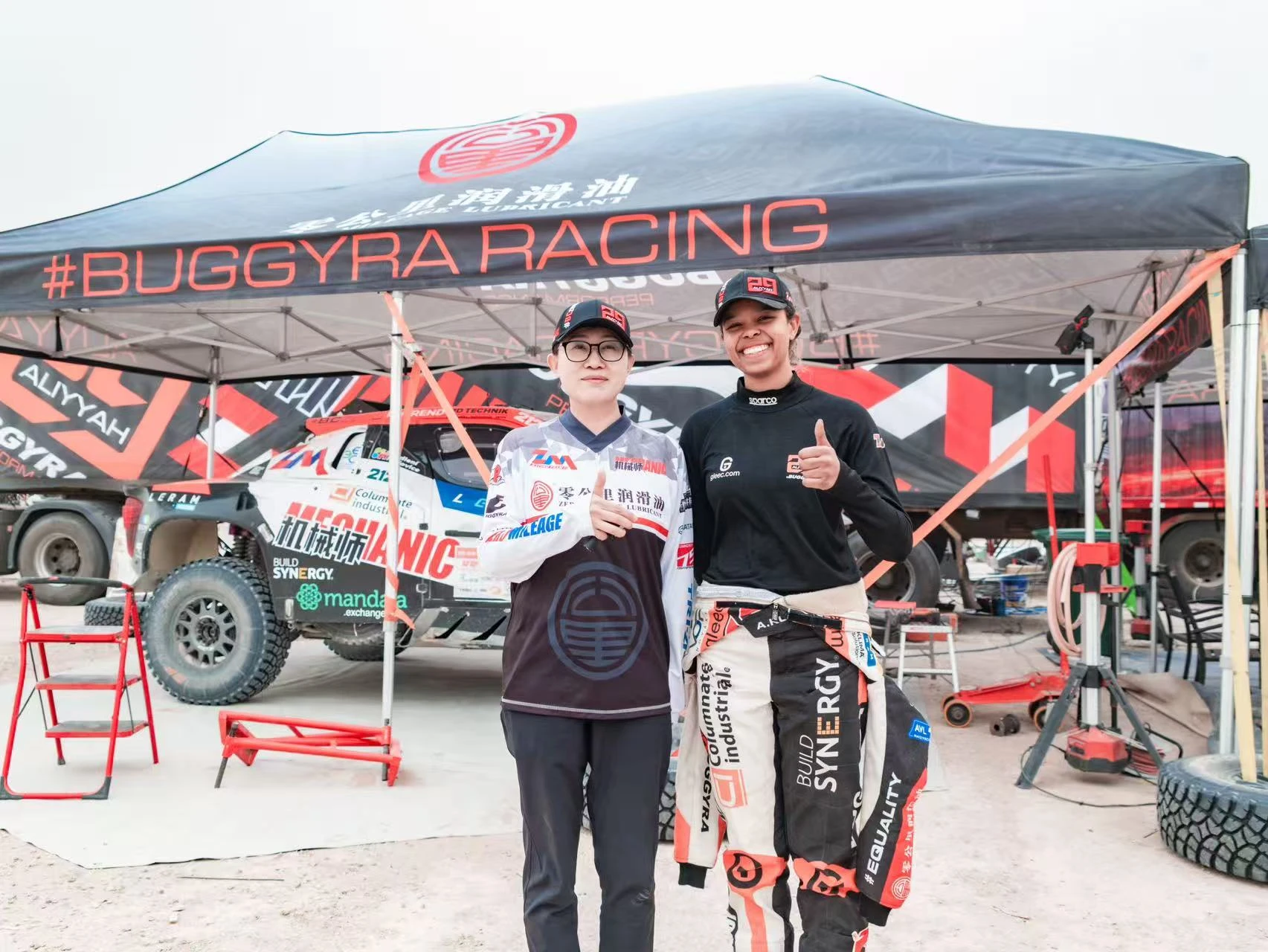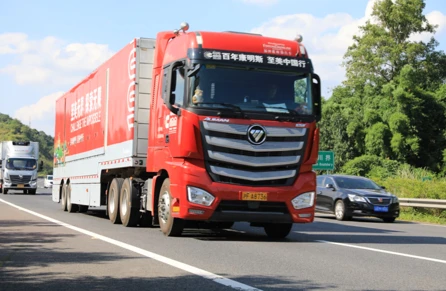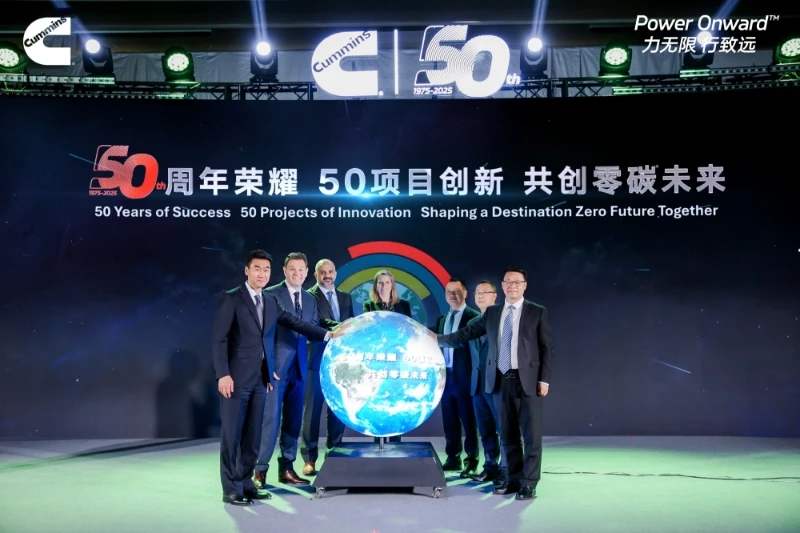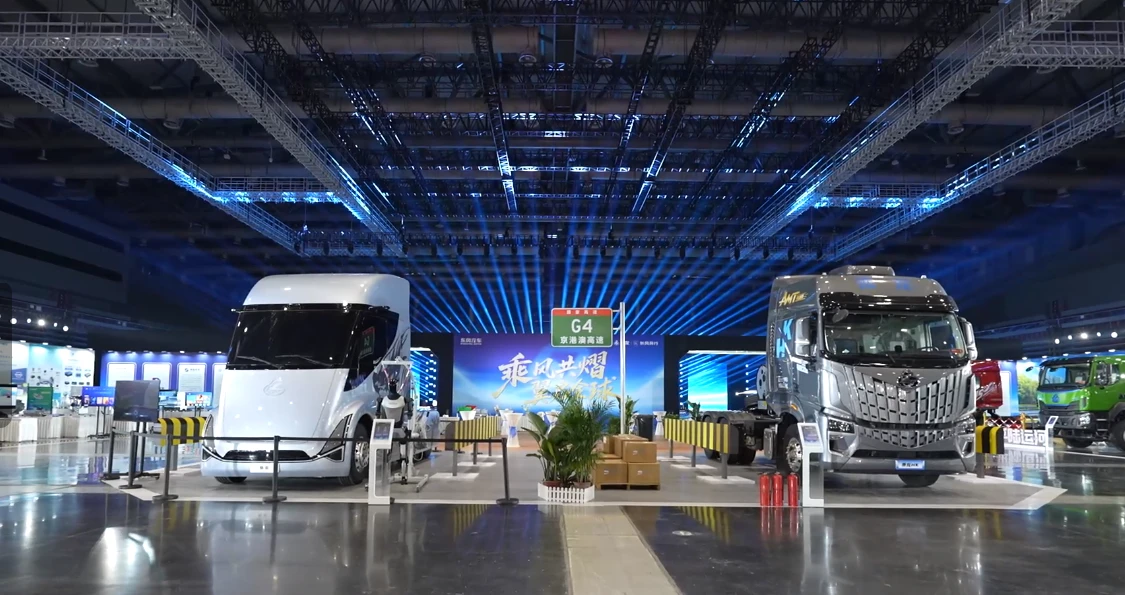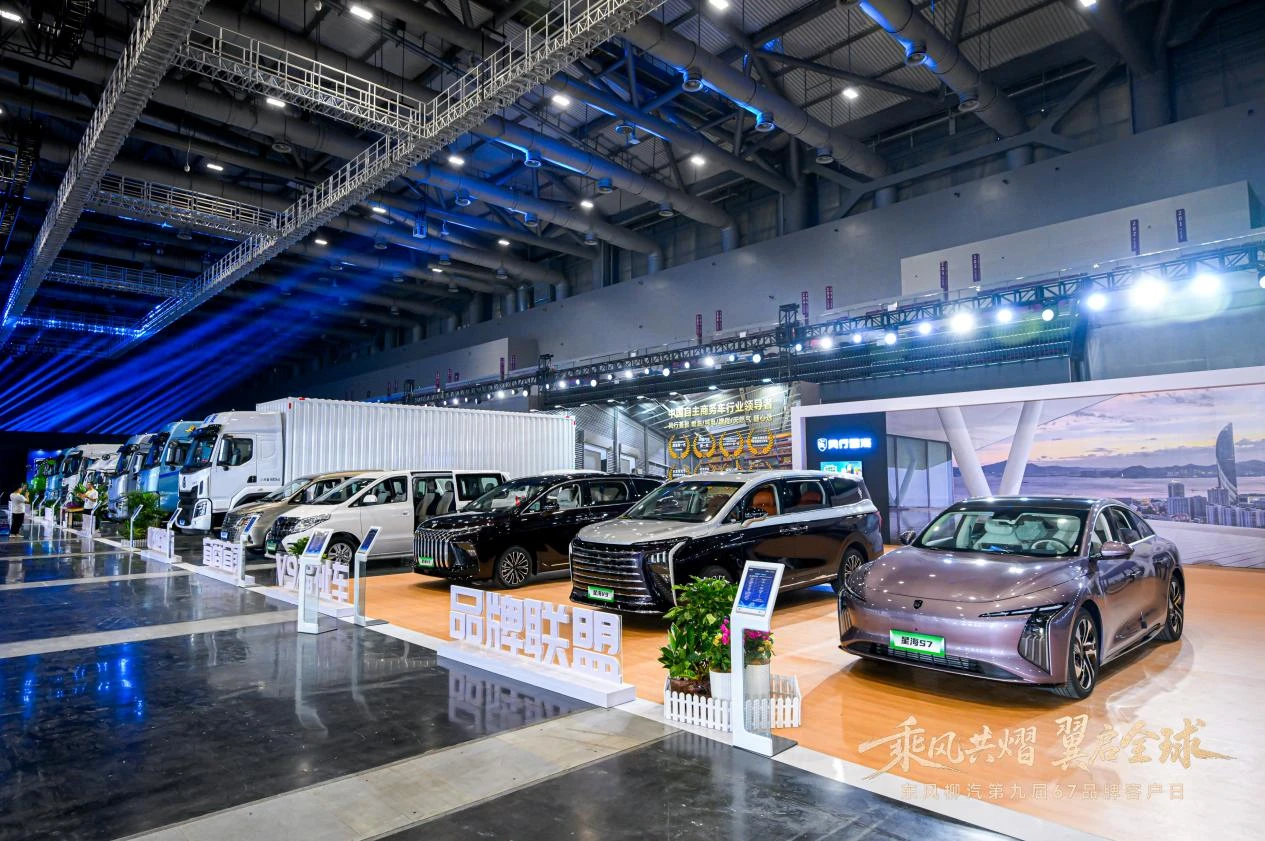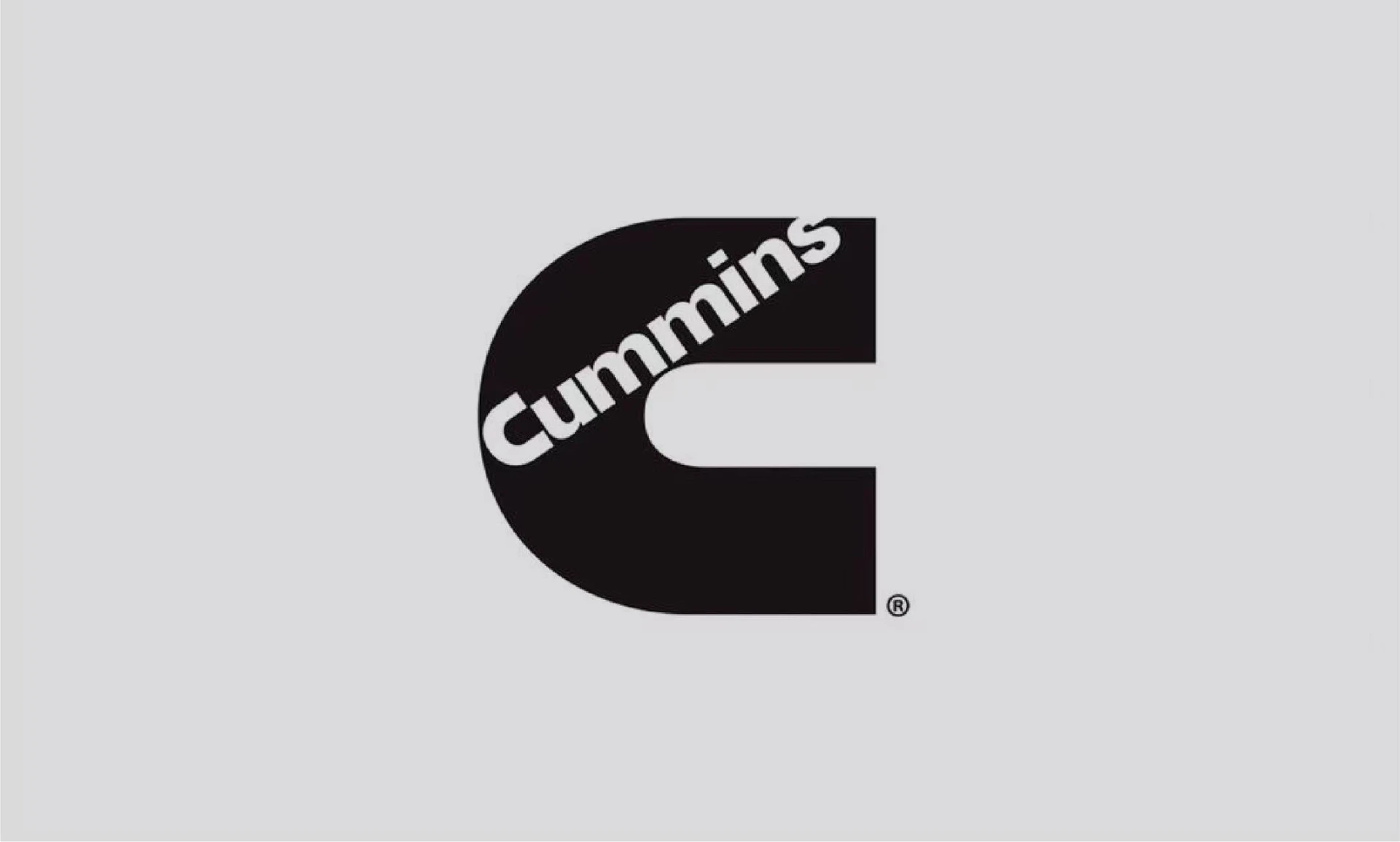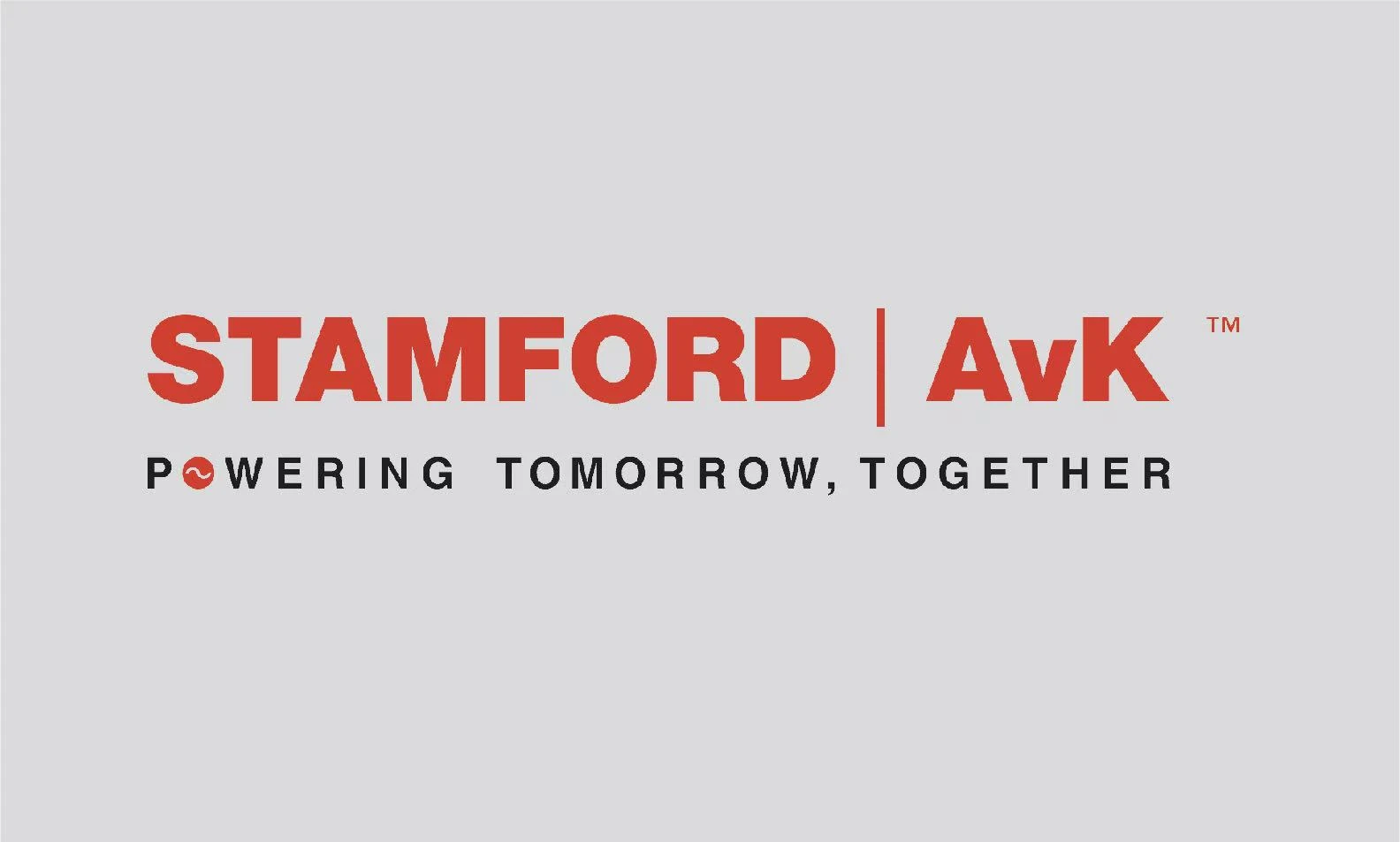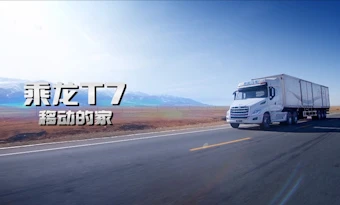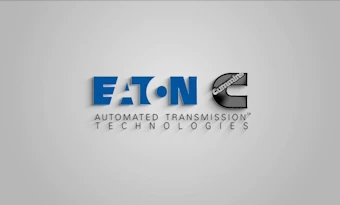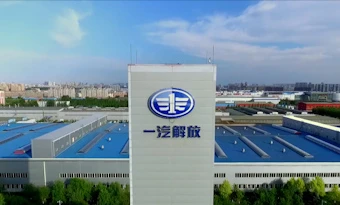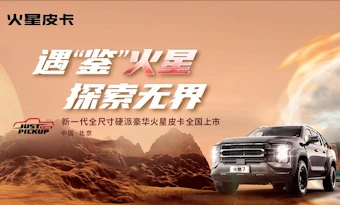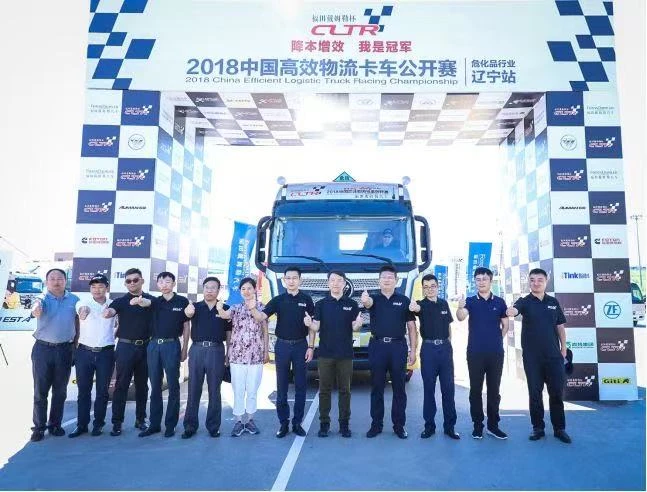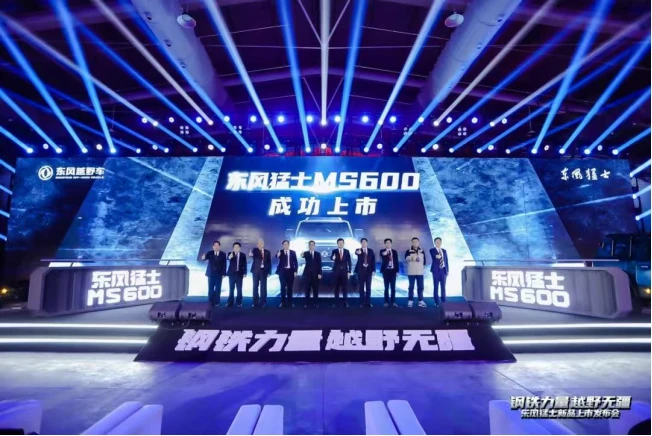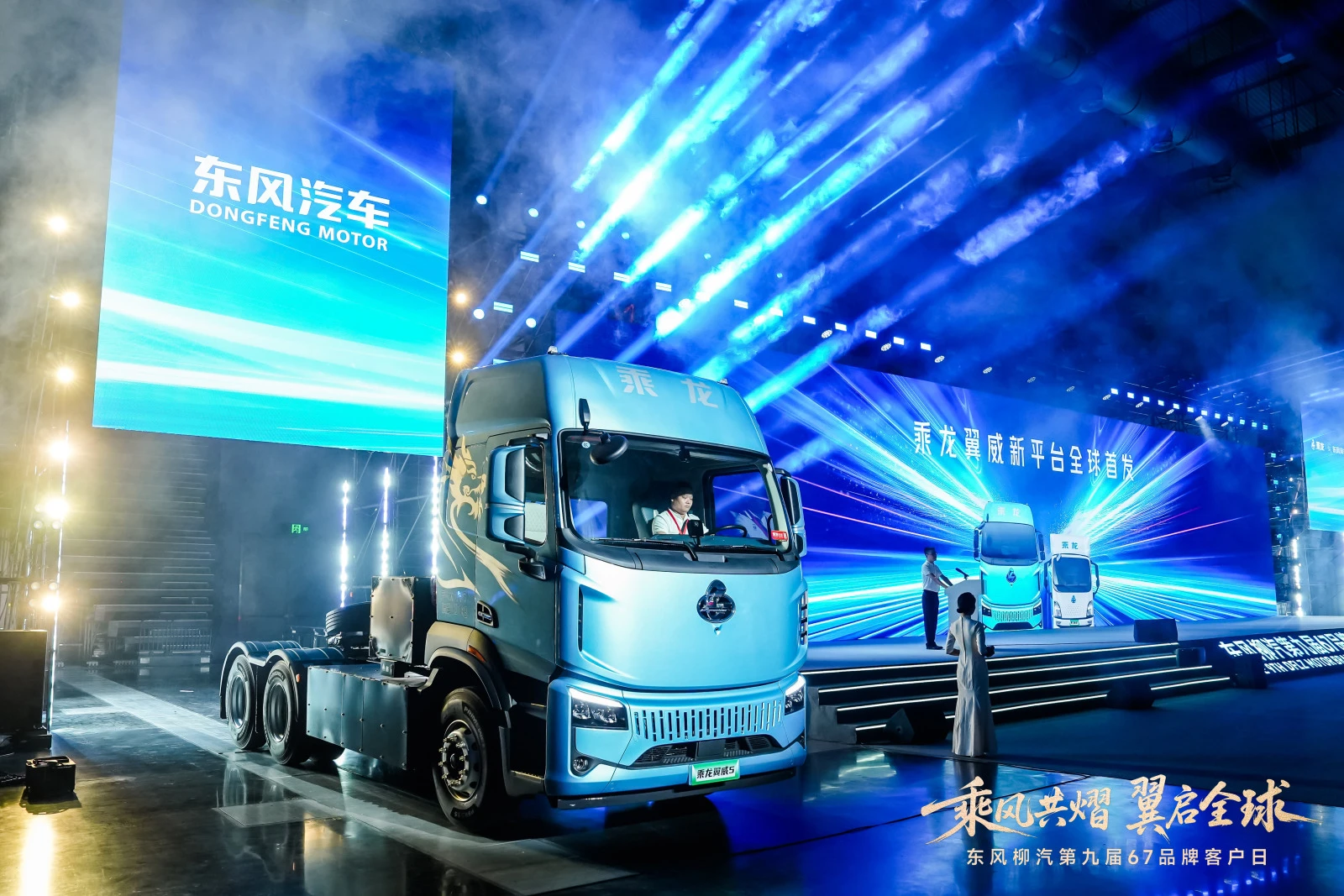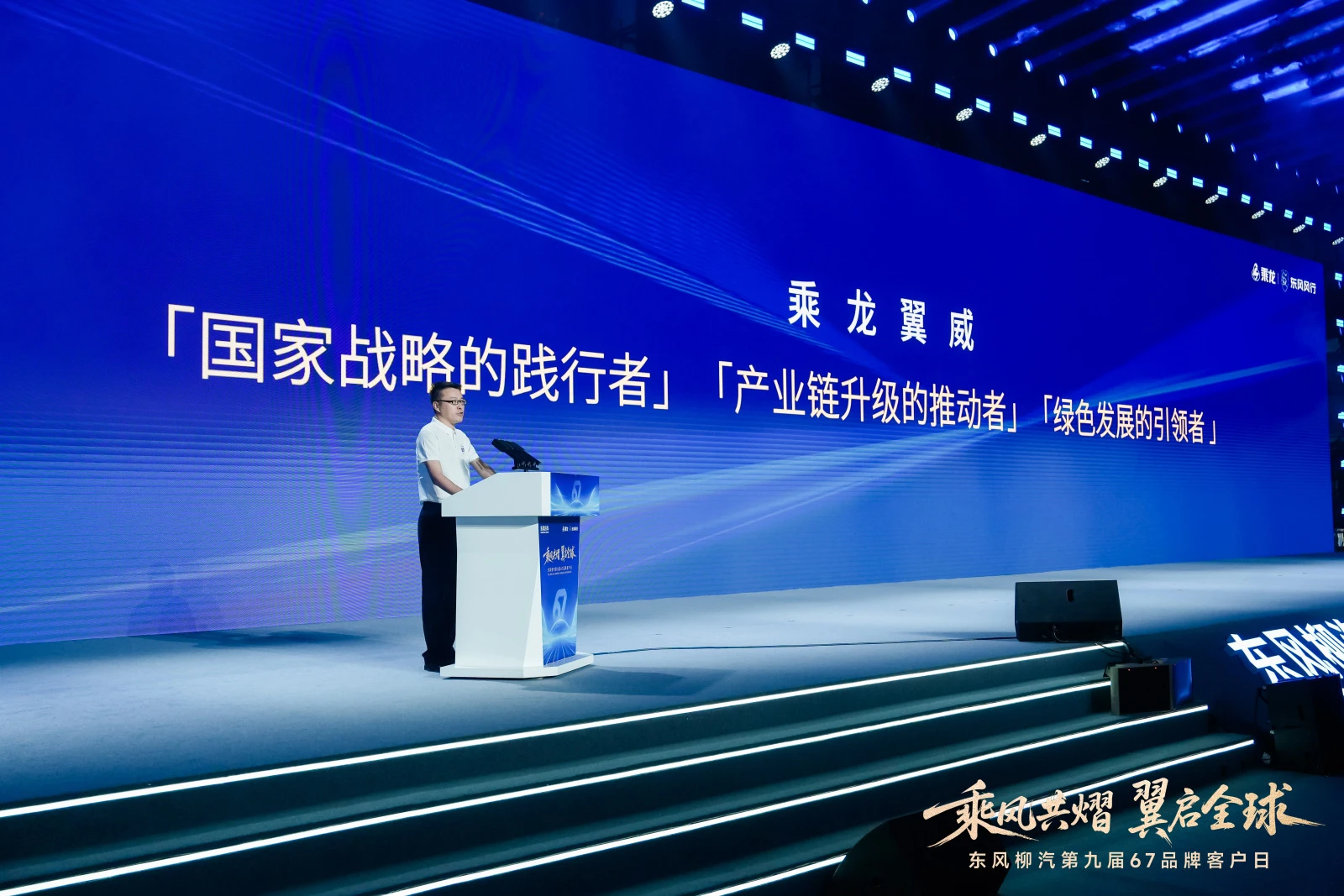When The 50°c Heatwave In Riyadh Meets The "heat" Of Chinese Manufacturing: After Breaking The Situation With Cost - Effectiveness, How To Win The Upgrade Battle Of "localized Marketing"?
In the scorching May heat of Riyadh, where temperatures soar to 50°C, sand grains ricochet off truck wheels, and asphalt roads shimmer under a haze of rising heat. At a truck distribution hub in southern Riyadh’s industrial zone, the roar of diesel engines mingles with blistering winds. Rows of heavy-duty trucks emblazoned with the “SHACMAN” logo stand ready to depart, their engine hoods glinting under the desert sun like sparks of “Made in China” igniting the sands. On this land flowing with “black gold,” these steel beasts from China are waging a commercial breakthrough spanning 8,000 kilometers.
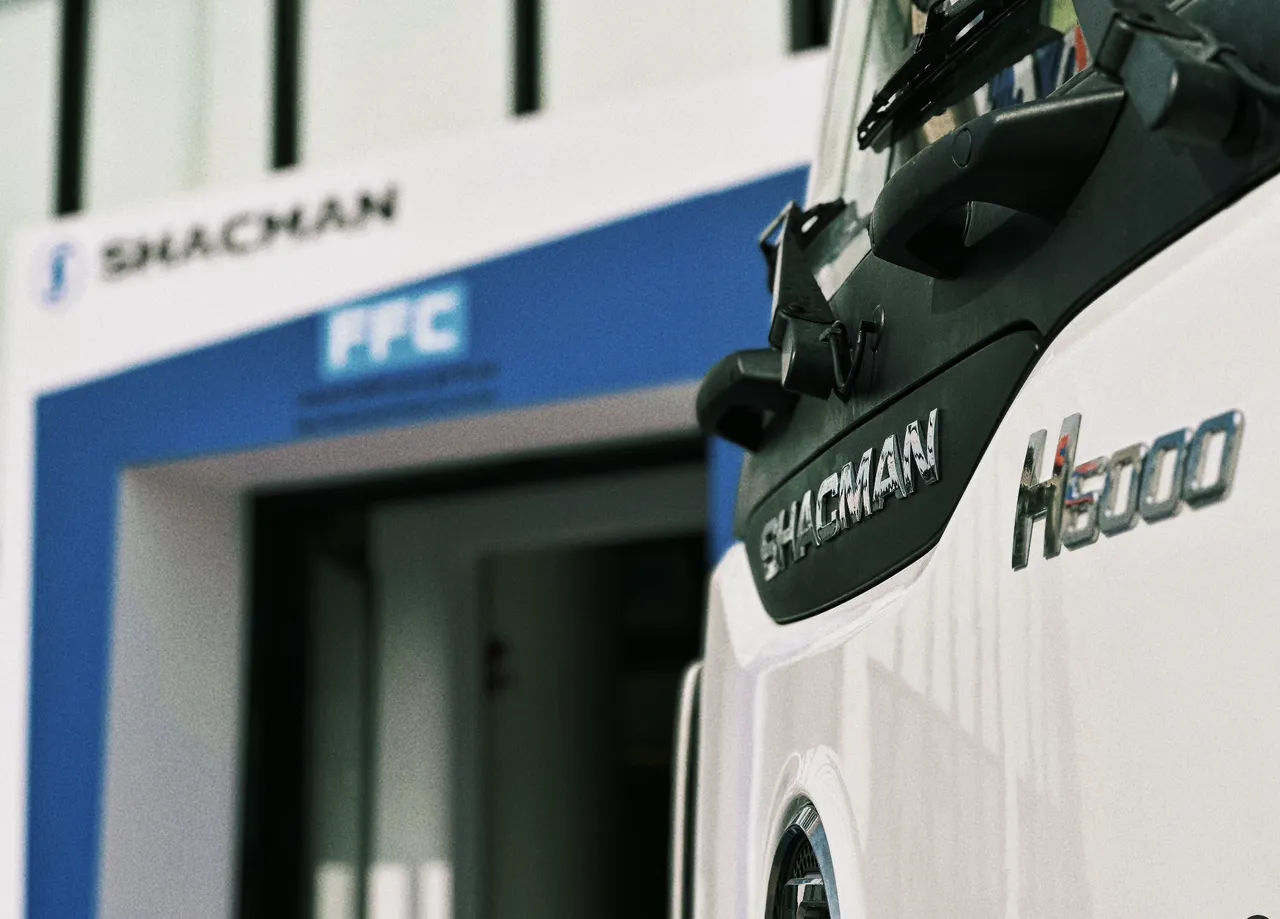
The "China Heat" in a High-Temperature Market: From Price Advantage to Brand Recognition
As the largest commercial vehicle market in the Middle East, Saudi Arabia has become a strategic stronghold for Chinese heavy-duty truck brands expanding overseas. Driven by Saudi Arabia’s “Vision 2030,” infrastructure and logistics are now core engines for economic transformation. Projects like the NEOM megacity (spanning 26,500 km²), the Asian Winter Games, the World Expo, the World Cup, the Red Sea Economic Zone, and the nation’s 2060 net-zero carbon neutrality target are creating vast opportunities. Over the next decade, Saudi Arabia’s annual demand for heavy-duty trucks is projected to exceed 50,000 units. According to Saudi Customs data, Chinese heavy-duty trucks captured 18% of the market in 2023—a 220% increase from three years prior—with annual growth rates steady at 30%. At Dammam Port’s container yard, 3 out of every 10 newly delivered trucks now bear Chinese logos. With advantages like cost-effectiveness and adaptability, Chinese brands are transitioning from “budget alternatives” to serious competitors against Mercedes-Benz, Volvo, and Scania.
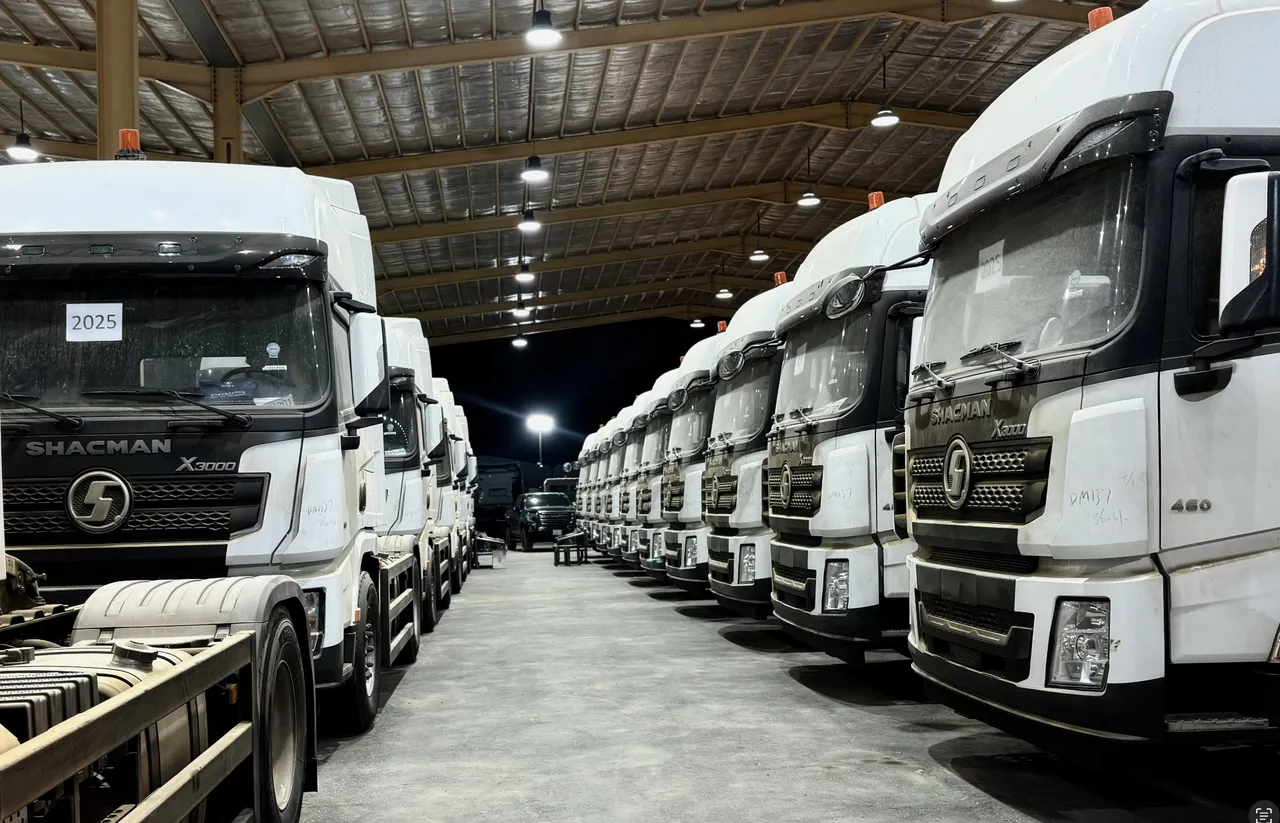
In the office of a Riyadh logistics company, owner Ahmed (pseudonym) displays his fleet management system. On the screen, over 40 SHACMAN X3000 trucks shuttle between Dammam Port and Riyadh. “Fuel consumption is 12% lower per kilometer, and maintenance costs are 30% less than European trucks. That’s how Chinese trucks survive the desert,” he explains, tapping data on his tablet. Outside, a SHACMAN refrigerated semi-trailer truck loaded with potatoes rumbles past—a scene now commonplace across Saudi Arabia.
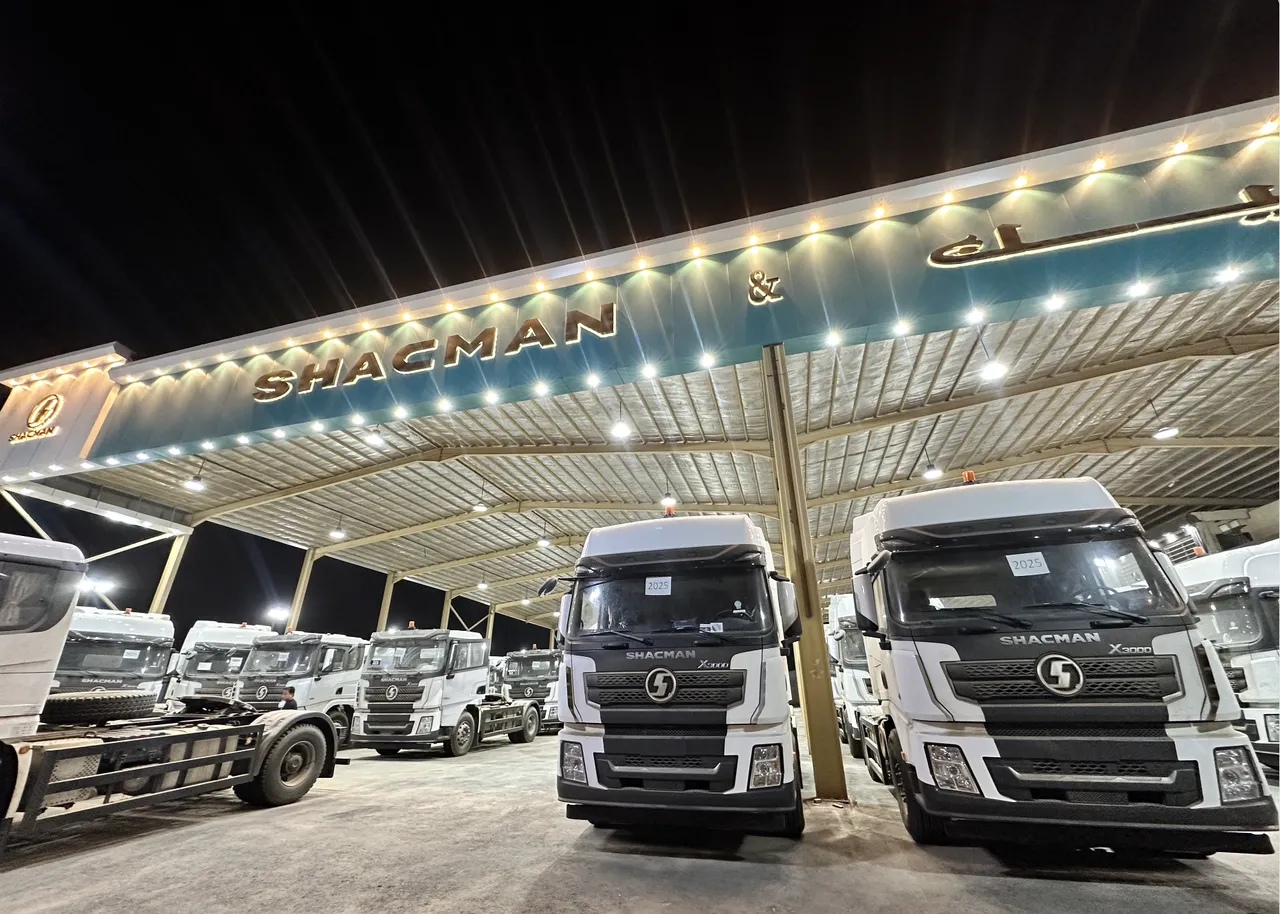
A local Chinese truck dealer candidly shares: “Our trucks save 3-5 liters of fuel per 100 km compared to European rivals. With documented annual fuel cost savings of over 5,000 SAR per vehicle, this economic advantage directly drives customer purchasing decisions. These numbers resonate with Saudi logistics operators, most of whom are cost-sensitive private business owners. “Clients used to scoff at ‘Made in China,’ but after test drives, they say, ‘It’s no different from Mercedes—and cheaper.’” Through initiatives like test drive centers, extended warranties, and localized after-sales services, Chinese brands are dismantling old prejudices.
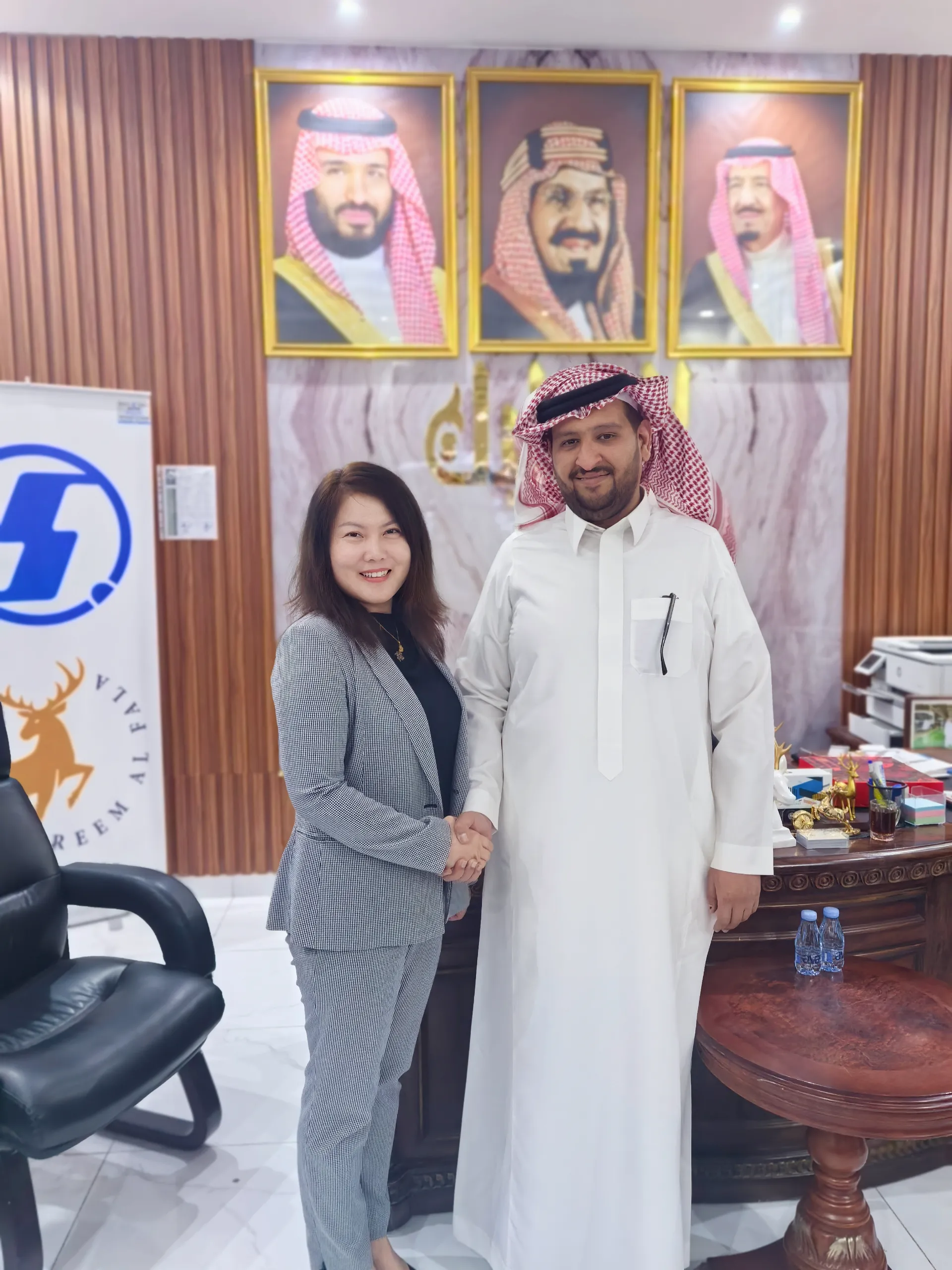
Yet challenges persist. Complex regulations and fierce competition hinder expansion, while lingering biases about Chinese quality and technology linger. At a Jeddah transport company, procurement manager Fahd (pseudonym) admits: “We trust Chinese manufacturing quality, but we crave better brand storytelling.” This demand is especially strong among younger entrepreneurs, who seek trucks that balance economy with values-aligned branding. For now, Chinese brands remain fixated on price comparisons, leaving the narrative of “smart desert logistics partner” untapped—a gap that demands long-term cultural bridging.

The Social Media Battlefield: When Snapchat Meets the "Desert Camel"
Despite rising sales, Chinese heavy-duty trucks in Saudi Arabia face an awkward reality: strong market presence but weak brand equity. To compete with entrenched European rivals, a localized marketing revolution is underway.

“In Saudi Arabia, Snapchat is sharper than any sales tool. It’s a digital oilfield more precious than crude,” says dealer Mohammed (pseudonym), scrolling through his account’s analytics—300,000 followers, a viral truck demo video with 870,000 views. In his clips, SHACMAN trucks share the frame with desert camels, their engines roaring to traditional drumbeats, sparking thousands of interactions. When Snapchat meets 'Desert Camel,' this localized marketing strategy is upending traditional sales models: a growing number of potential customers now rely on KOL reviews, Snapchat, TikTok, and other social media platforms to access car-buying information, which ultimately sways their purchasing decisions.
Data reveals Saudi Arabia’s social media dominance: 67% daily Snapchat usage (the world’s highest), with logistics decision-makers aged 25-35 spending over 4.2 hours daily on platforms like TikTok and Instagram. Yet most truck brands operate amateurish accounts—no dedicated content teams, scant data analysis, haphazard ad spending. A local marketing consultant bluntly points out, "Compared to European brands' sophisticated social media strategies in Saudi Arabia, Chinese brands are still relying on "spray-and-pray" tactics for their campaigns."
The deeper issue lies in storytelling. European ads weave trucks into Saudi cultural tapestries. However, chinese campaigns remain stuck in spec sheets and price tags. When asked about brand ethos, one dealer answers: “Cheap and durable”—a slogan ill-suited for premium aspirations.
Cold Reflections in the Heat: From Operational Adaptation to Value Co-Creation
Saudi clients demand more than trucks—they seek end-to-end solutions. As the sun dips over Riyadh, a thermometer at a Chinese firm’s office reads 43°C. “The desert heat tests not just engine cooling, but our entire ecosystem’s resilience,” remarks the market director.

As Chinese heavy-duty trucks stir up sandstorms across the Arabian Peninsula, this battle to break through under scorching heat has transcended mere product competition. Within the blueprint of Saudi Vision 2030, countless Chinese trucks now navigate the forests of steel and concrete at mega-construction sites like NEOM, the futuristic smart city, and the Red Sea tourism zone. These $200 billion infrastructure projects represent both golden opportunities and systematic tests for Chinese truck brands—demanding the construction of a complete ecosystem spanning social media operations, spare parts supply chains, cultural storytelling, and technological standards. Those brands that master localized marketing to tell compelling desert narratives and leverage smart connectivity to create new value will ultimately forge an oasis of Chinese manufacturing under the relentless Arabian sun.

As Bedouin wisdom goes: “Cameras conquer deserts not with speed, but by reading the sands.” On this land once traversed by Silk Road caravans, a new generation of camel bells rings out—this time, powered by Chinese steel and digital savvy.



